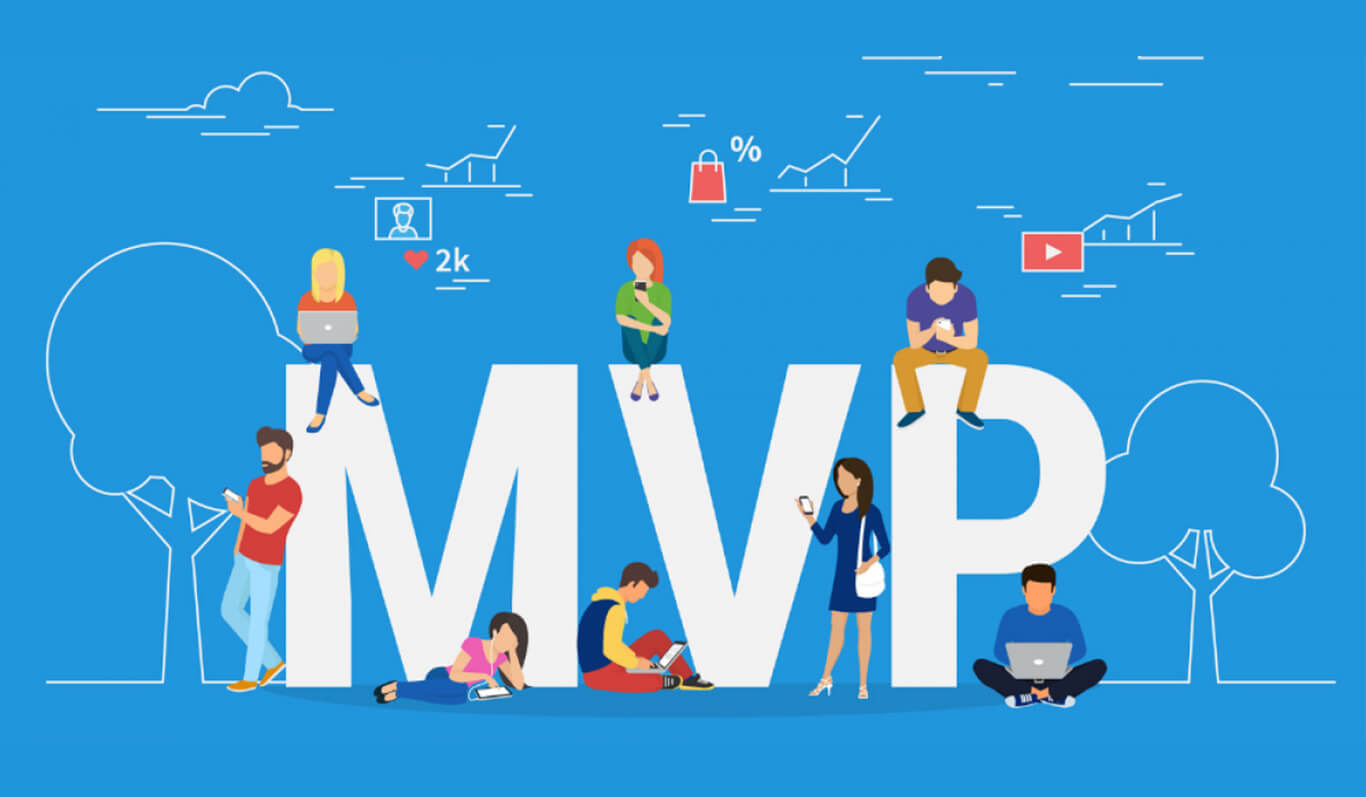
In the high-octane world of software development, where ideas spark like lightning and competition is a constant hum, getting your product to market quickly and efficiently is the ultimate goal. This is where the concept of a Minimum Viable Product (MVP) comes roaring into play. MVP Agile Development acts as your launchpad, a strategic approach that allows you to test the core functionalities of your software with real users. By gathering valuable feedback and iterating based on their insights, you can refine your product and ensure it truly solves their problems.
Here, we’ll buckle up and delve into the world of MVPs. We’ll explore what they are, why they’re crucial for success, and how you can leverage Agile Development methodologies to build one that propels your software towards user-centric innovation.
Demystifying the MVP: A Barebones Product with Big Potential
Imagine a sleek, high-performance car. An MVP is like its stripped-down, yet functional version. It has the essential components – engine, wheels, brakes – that get you moving. But unlike the finished product, it might lack the fancy features like a sunroof or a premium sound system. The purpose? To test the core functionality – driving – and gather feedback on user experience before adding all the bells and whistles.
An MVP, in essence, is a stripped-down, yet functional version of your software that focuses on the core features that deliver value to your target audience. It’s essentially the earliest usable version of your product, designed to validate your concept and gather user feedback before investing significant resources into full-fledged development.
Why Build an MVP with Agile Development? Ditch the Waterfall, Embrace the Flow
Traditionally, software development followed a waterfall approach, where features were meticulously planned and built sequentially, one after another. This linear approach could lead to situations where a product was launched with features users didn’t actually need or want. Agile Development methodologies, on the other hand, are like a refreshing waterfall – flexible, adaptable, and perfect for building MVPs.
Here’s how Agile Development empowers the MVP approach:
- Focus on Iterations: Agile breaks down development into short sprints, allowing you to build and test core features in a cyclical manner. This facilitates quick feedback loops and continuous improvement, ensuring your MVP constantly evolves based on user insights.
- Prioritization Powerhouse: Agile prioritizes features based on user needs and business value. This ensures your MVP focuses on the most impactful functionalities for early validation, getting you the most bang for your development buck.
- Flexibility is Key: Unlike the rigid waterfall approach, Agile allows for course correction based on user feedback. You can adapt and refine your MVP as you learn from user interactions, ensuring your product stays on the right track.
By combining MVP and Agile Development, you create a dynamic and efficient way to bring your software vision to life. It’s like having a roadmap that adapts to the terrain, allowing you to navigate the software development journey with agility and user-centricity at the forefront.
The Allure of the MVP: Why You Should Embrace the Minimum
Building an MVP offers a multitude of benefits for software development projects, making it an attractive proposition for businesses of all sizes:
- Reduced Risk: By testing core functionalities early, you can identify potential issues and adjust course before significant development is done. This minimizes the risk of building a product that nobody wants, saving you time, money, and heartache.
- Faster Time to Market: MVPs allow you to launch your product sooner, giving you a competitive edge and the opportunity to capture early adopters. This can be especially crucial in a fast-paced market where innovation is king.
- Cost-Effectiveness: Focusing on core features reduces development time and resource allocation. This makes MVPs a cost-effective way to validate your concept, ensuring you’re on the right track before investing heavily in full-fledged development.
- Valuable User Feedback: MVPs provide real-world user feedback that is like gold dust. It helps you refine your product and ensure it meets the needs of your target audience, ultimately leading to a higher chance of success.
Did you know? According to a study by McKinsey & Company, companies that adopt Agile methodologies are twice as likely to outperform their competitors in terms of revenue growth. This highlights the power of agile approaches like MVP development. By embracing the MVP approach and leveraging Agile Development, you’re setting yourself up for software development success.

Building Your MVP with Agile Development: A Step-by-Step Guide
- Define Your Product Vision: Clearly articulate the problem your software aims to solve and the value it offers to users. This foundational step ensures your MVP focuses on the core functionalities that truly address user needs.
- Identify Your Target Audience: Understanding who will use your product is crucial for prioritizing features that resonate with their needs. Conduct user research, analyze market trends, and create buyer personas to gain a deep understanding of your target audience.
- Prioritize Core Features: Focus on the essential functionalities that deliver the core value proposition of your software. Utilize tools like the MoSCoW prioritization framework to categorize features as Must-Have, Should-Have, Could-Have, and Won’t-Have for the MVP.
- Develop and Iterate: Using Agile methodologies, develop your MVP in short sprints, typically lasting 1-2 weeks. Each sprint should focus on delivering a specific set of features. Continuously gather user feedback through surveys, interviews, and usability testing after each iteration.
- Test and Refine: Continuously test your MVP with real users and incorporate their feedback into subsequent iterations. This ensures your MVP constantly evolves to address user needs and provide a positive user experience.







